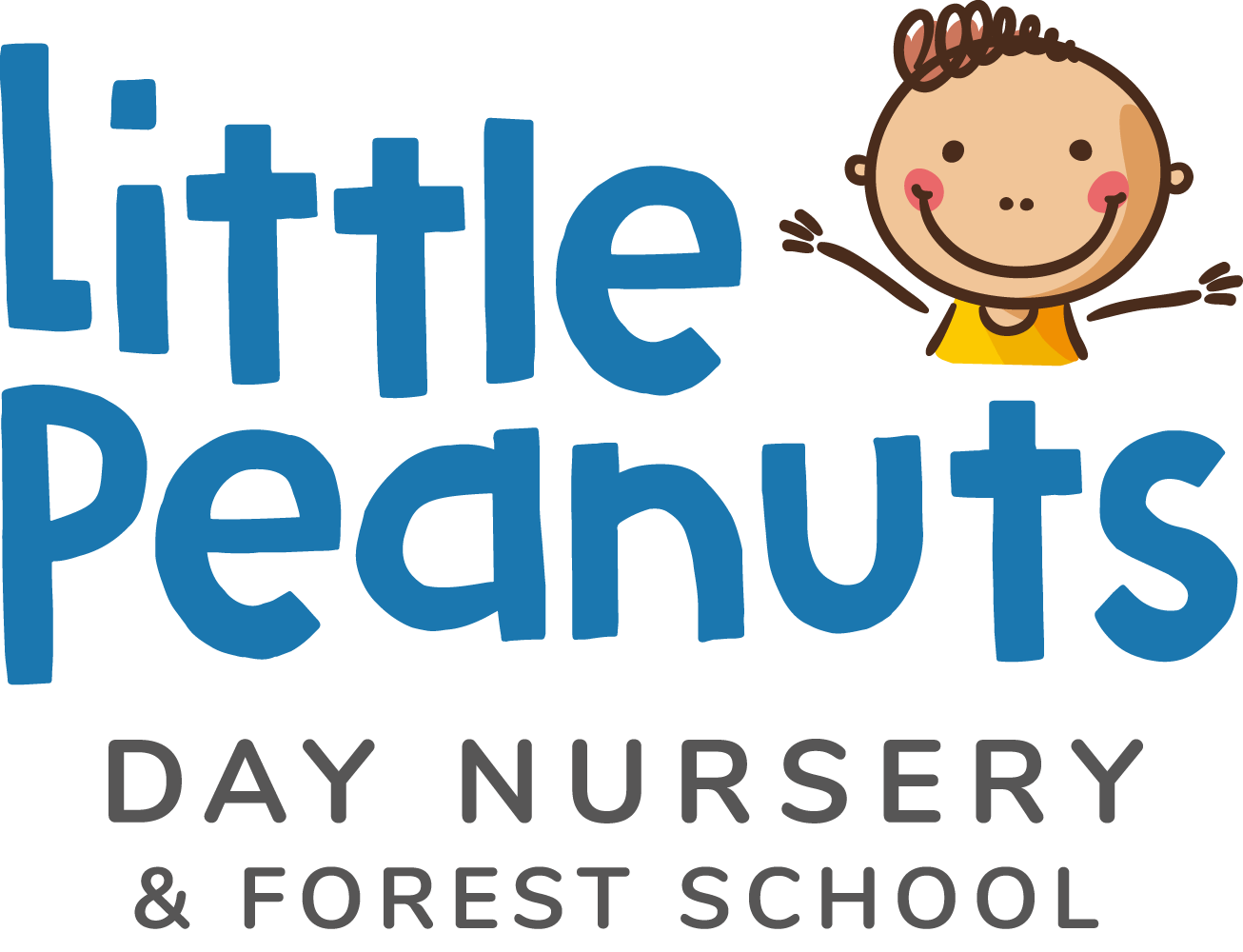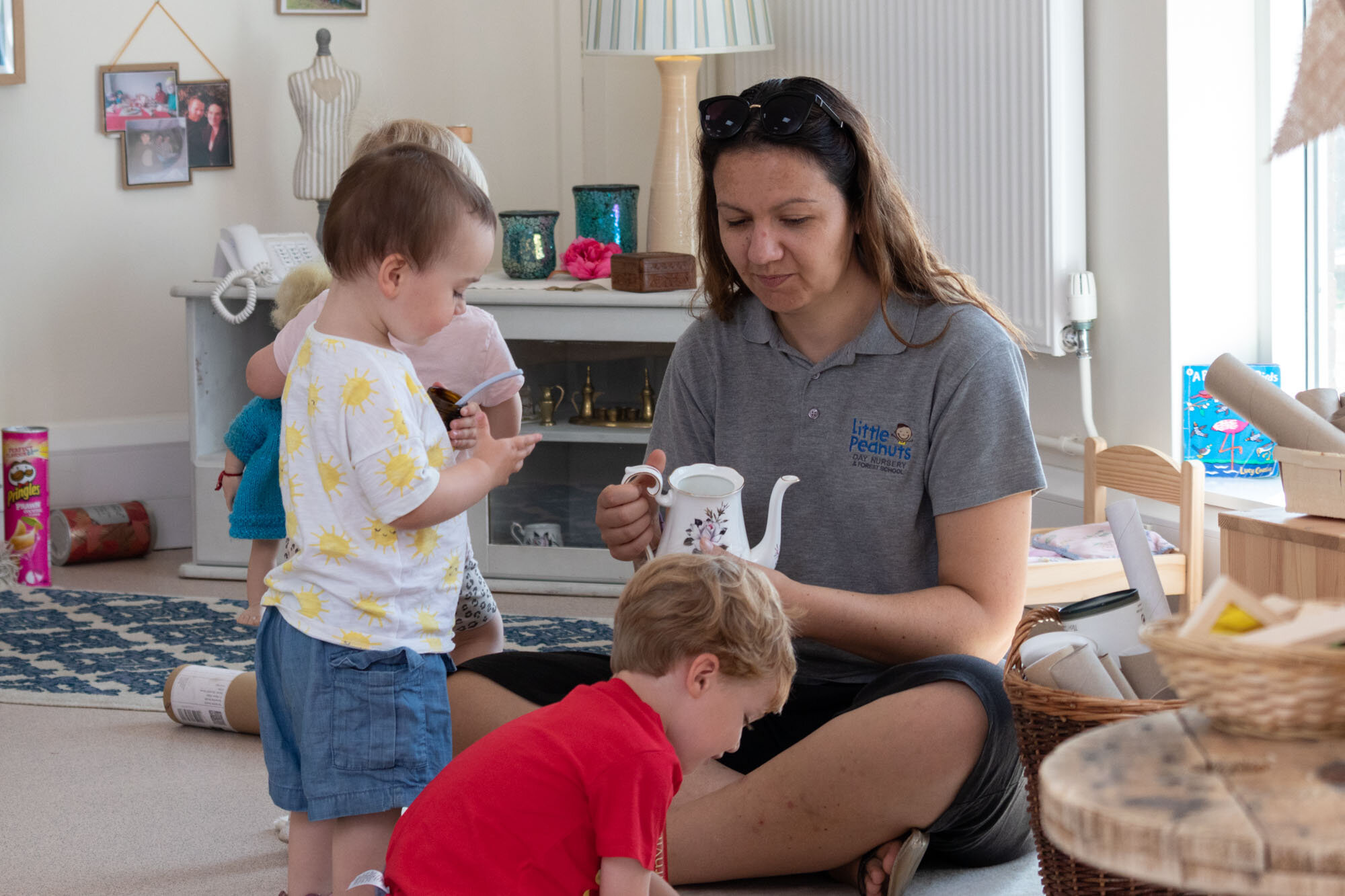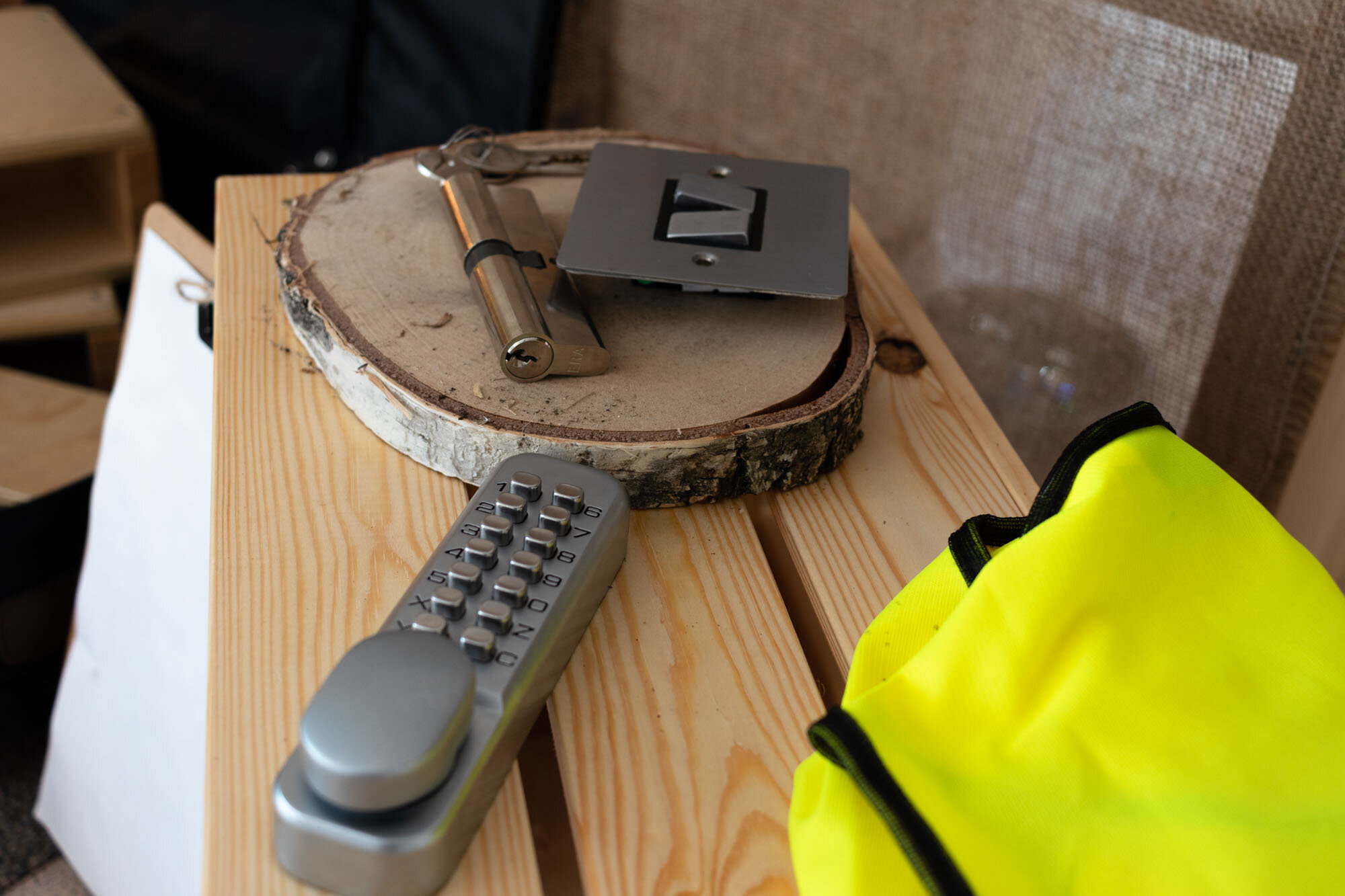
The Curiosity Approach
We want our children to go on a journey of exploration guided by us, enhanced by our provision of amazing resources, ranging from the natural to the recycled and repurposed. We want to lay the foundations of their their love of learning, to inspire them to want to find out more and nurture their inquisitive natures.
The Curiosity Approach™ fits perfectly in current changing technological times, brings curiosity, awe and wonder to early childhood and creates the 'thinkers and doers' of the future. The aim of this approach is to empower and ignite passion and excitement within the setting creating a beautiful play space for children.
“Thank you – I really fancied a cup of tea!”
Authentic materials
Instead of using plastic, pretend, child-sized toys, the Curiosity Approach™ uses the real thing. By giving children real and authentic resources to play with, it opens-up a wealth of opportunities for learning. These resources offer a range of textures to explore and investigate. In comparison, plastic feels the same, smells the same and all looks the same. By providing an eclectic collection of resources, we believe children are given a wider range of experiences, opportunities for critical thinking, exploration and discovery.
“What happens when I push this button?”
“By providing an eclectic collection of resources, we believe children are given a wider range of experiences, opportunities for critical thinking, exploration and discovery.”
A calming, tranquil space
The Curiosity Approach™ is designed to provide a home-from-home environment, through a calming, tranquil space. We use neutral colours, natural materials and cosy places for our children to sit and look at books or engage in deep learning. Current thinking is that bright colours, brightly painted walls and rooms covered with displays, laminated sheets and number lines over stimulate children. This can lead to over sensitivity, anxiety, and loss of concentration. Through setting a calm and welcoming environment where children feel at ease, we aim to provide excellent learning opportunities to support your child’s happiness and well-being.
Curious objects can be anything we want them to be
Loose parts play
The Curiosity Approach™ is all about making items accessible that can be used in a multiple of ways with no pre-determined outcome. The approach encourages children to choose how to use and imagine these items. They can combine them, line them up, join them together and transport them: developing opportunities for creativity, critical thinking and problem-solving.
The use of loose items opens-up a wealth of opportunities to experience a range of textures, size, shape and variable weights. All of these help children to develop mathematical concepts and provide opportunities for conversation and questioning.
I’m a photographer too!
No right or wrong way to play
Loose parts can be used holistically across the setting so that children can access and select them independently. Loose parts have no fixed outcome which means there is no right or wrong way to play or use them. This approach ensures learning is not prescriptive and not driven by adult determined outcomes.
The Curiosity Approach™ encourages children to take ownership of their play while developing essential skills and building their dexterity and fine motor skills in preparation for later pencil control. The focus is on the process of learning and being actively engaged, instead of creating a set end result.
The use of loose parts play celebrates independence and imagination as part of a child’s learning and development. It encourages children to be researchers in their own learning, highly motivated to engage and develop their concentration skills and levels of perseverance. Loose parts ensure children are taught how to think, not what to think.
“This looks interesting!”
What items are included?
The Curiosity Approach™ gives children the opportunity to access authentic resources, loose parts, and recycled materials. This could include cardboard tubes, ribbon, pebbles, acorns and conkers, corks and shells, fir cones, feathers, pegs , logs, metal washers, seed pods, sunflower heads, buttons, photo frames, costume jewellery, wooden curtain rings and wooden crates to just name a few.
Lots of curious objects to spark imaginations









